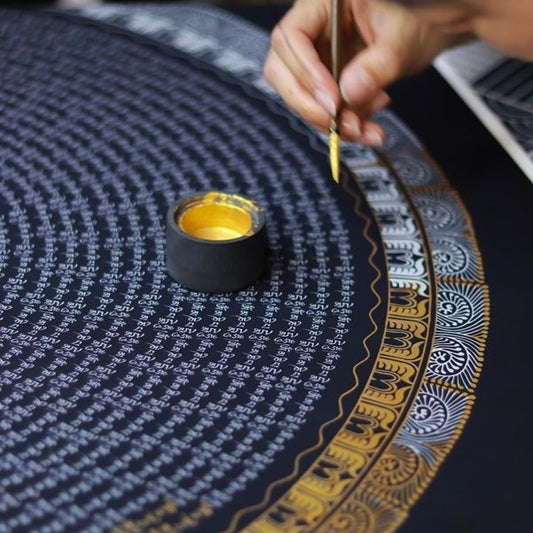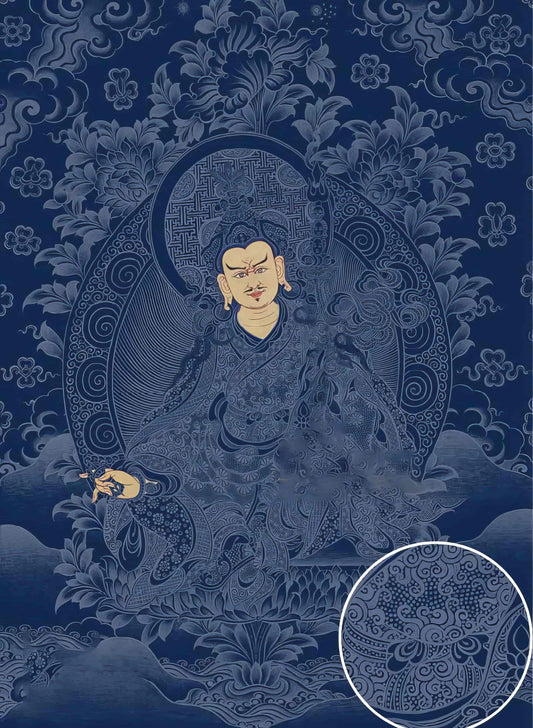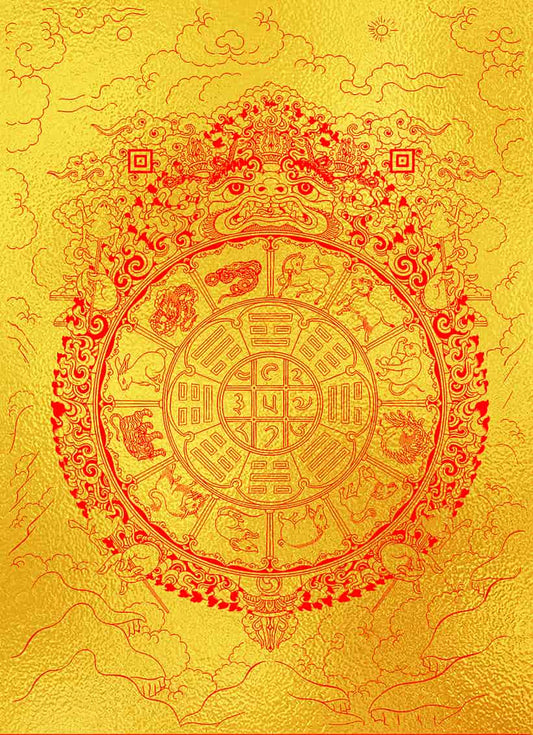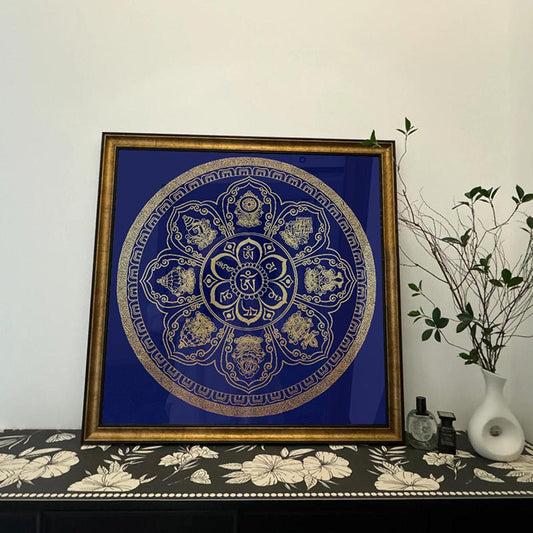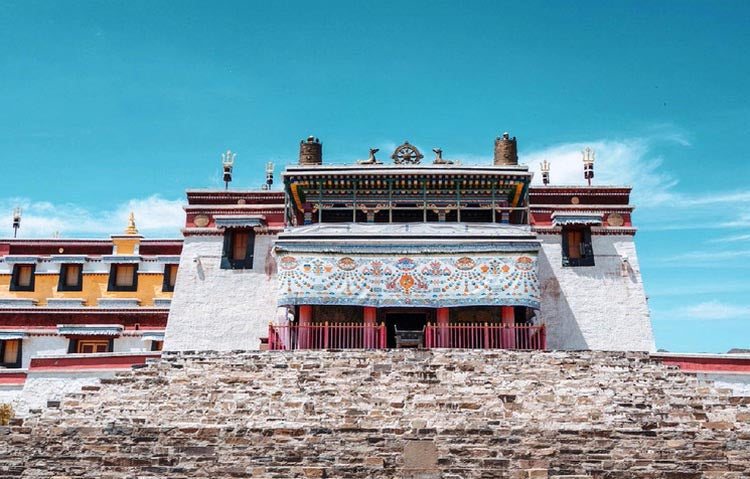Thangka Painting in Nepal A Journey Through Colors and Traditions
Thangka Painting in Nepal A Journey Through Colors and Traditions
Nestled amidst the soaring Himalayas, Nepal holds a treasure trove of artistry that whispers the tales of its rich tapestry of cultures. Among these is the deeply spiritual craft of thangka painting, a tradition that has flourished in the region, intertwining Tibetan Buddhist spirituality with local influences to create something singularly beautiful.
If you wander into a workshop in the bustling neighborhood of Boudha in Kathmandu, you might observe an artist working intently on a thangka, the delicate brushstrokes seeming to breathe life into the intricate mandalas and deities taking shape on the canvas. It's not just the precision or the skill that is fascinating, but the sheer devotion poured into every inch of this sacred art.
One of the defining aspects of thangka painting in Nepal is the use of natural pigments, a nod to both sustainability and tradition. The vibrant colors are derived from minerals like lapis lazuli, gold dust, and malachite, each ground meticulously and mixed with a natural binder. What results is a palette that stands out for its depth and luminosity, lending the works an otherworldly glow that synthetic pigments simply cannot replicate.
The process of creating a thangka is as much about spiritual practice as it is about art. Artists often undergo rigorous training, sometimes within monastic settings, where they learn not only the technical skills but also the iconography and religious symbolism integral to each piece. Apprenticeship can take years, as aspiring painters study under master artists, absorbing the nuances of the tradition like layers of paint upon a canvas.
Each thangka serves as more than just an object of beauty; it is a medium through which profound teachings of Buddhism are expressed. For practitioners, these paintings are aids in meditation, portals to understanding the intricacies of karma, compassion, and the path to enlightenment. The thangka's iconography—be it the serene visage of the Green Tara or the dynamic dance of a tantric deity—is rich with meanings that transcend time and culture.
In Kathmandu, you might witness how Nepali variations of thangka differ subtly from their Tibetan counterparts. Local artists often incorporate elements from Nepalese Hindu iconography or adapt traditional subjects to reflect Nepal's unique cultural mosaic. This fusion results in artworks that are not only visually striking but also represent the harmonious blend of spiritual traditions that is characteristic of the region.
In essence, to appreciate a thangka, whether you find yourself in a gallery or a humble studio, is to embark on a journey. It offers a glimpse into a world where art is not merely visual but a deeply intertwined part of spiritual life; where each brush stroke is a bridge between the material and the divine, the known and the unknown. As you stand before this sacred tapestry, perhaps you'll feel a sense of connection—one that crosses boundaries and centuries, drawn with every line and colored by the fervor of those who have dedicated their lives to this timeless art.

